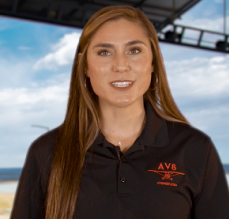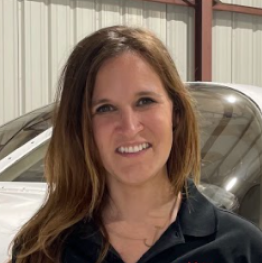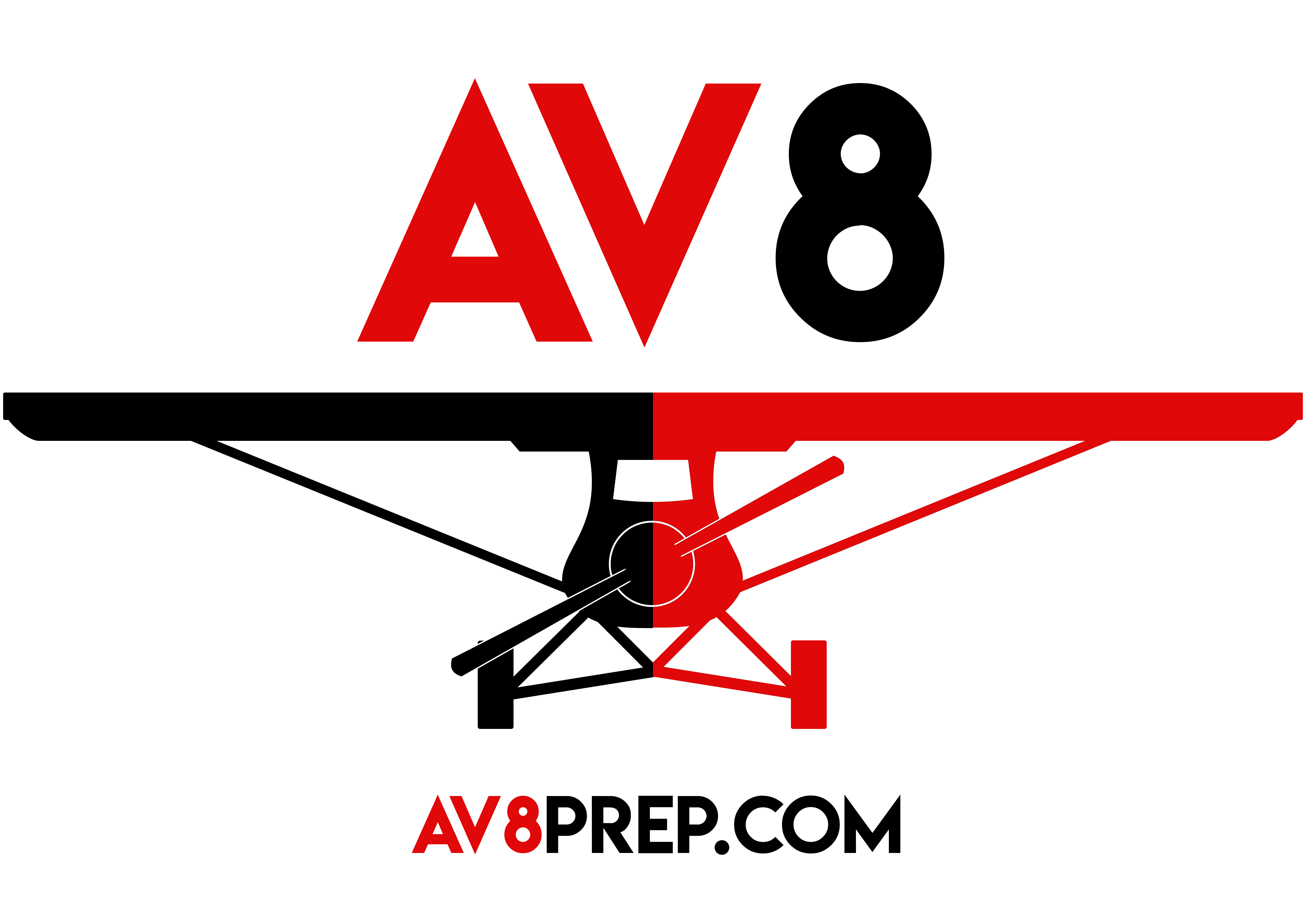Due to process changes, effective February 17, 2015, you will no longer be able to use this webpage and the email address airmendatarequest@faa.gov to submit requests for air traffic data under the Pilot’s Bill of Rights. Under the new process, individuals entitled to access or otherwise obtain air traffic data under the Pilot’s Bill of Rights should direct such requests to the FAA investigator that provided them with the written notification of investigation.
Background
On August 22, 2012, the FAA published a Federal Register Notice (77 FR 52107) specifying how and where an airman subject to an FAA investigation can submit a request under the Pilot’s Bill of Rights, Pub. L. 112-153 (Aug. 3, 2012), to obtain air traffic data in the possession of a government contractor. Specifically, the Notice instructed airmen to click on the “Pilot’s Bill of Rights” hyperlink on the FAA‘s webpage to find out what information they would need to include in their request to obtain air traffic data in the possession of a government contractor. The Notice also instructed airmen to email their requests to airmendatarequest@faa.gov.
The FAA established the email address airmendatarequest@faa.gov as a centralized point of contact for efficient processing of these requests. However, the email address has been burdened with many other types of requests (for example, unspecified requests for “any air traffic data,” requests for other agency information, or requests by individuals who are not the subject of an investigation related to the approval, denial, suspension, modification, or revocation of an airman certificate). Because the email address is no longer an efficient means for processing the requests for which it was intended, we will no longer use it.
You can find the information above in Federal Register Notice (80 FR 2276) (PDF), published on January 20, 2015.







